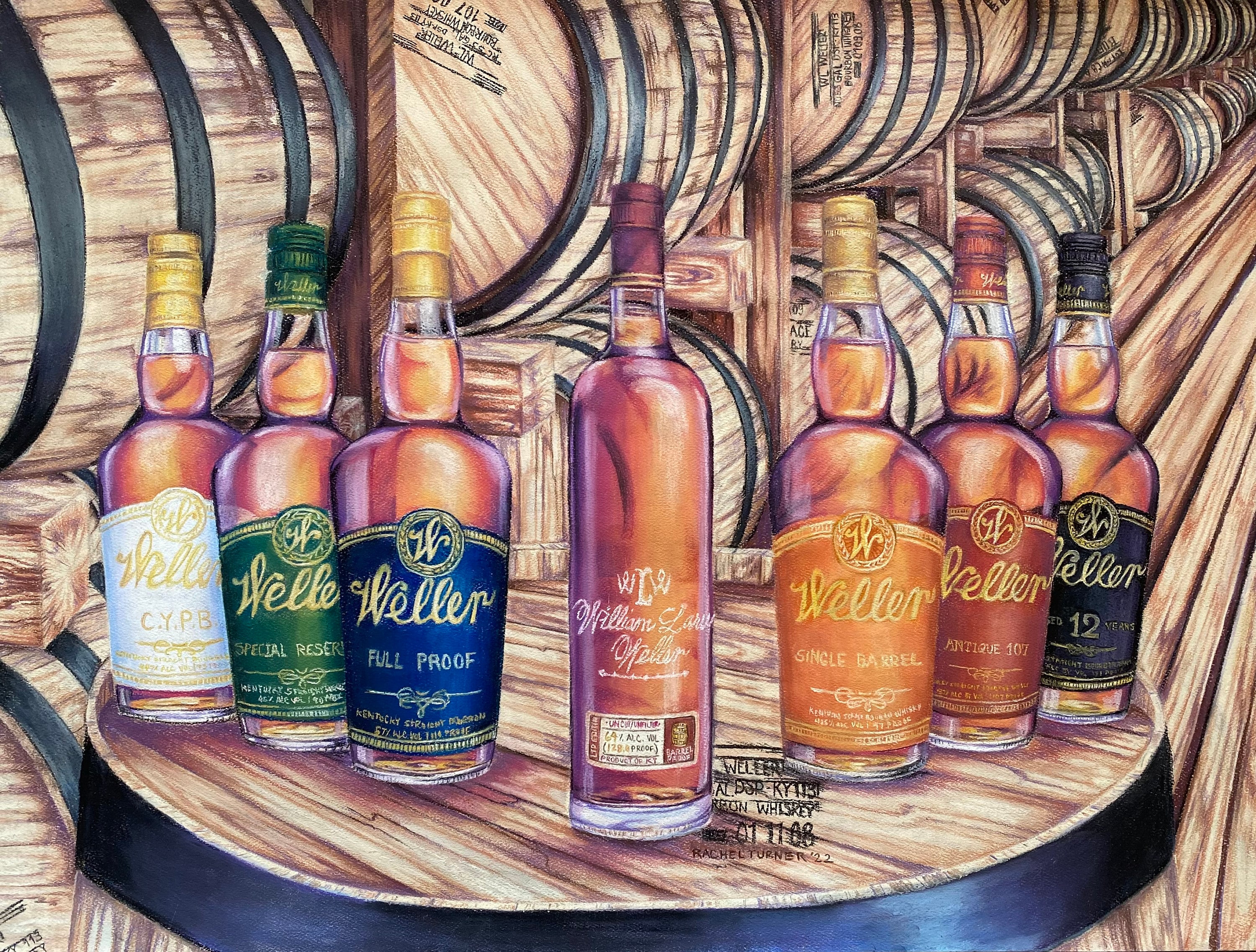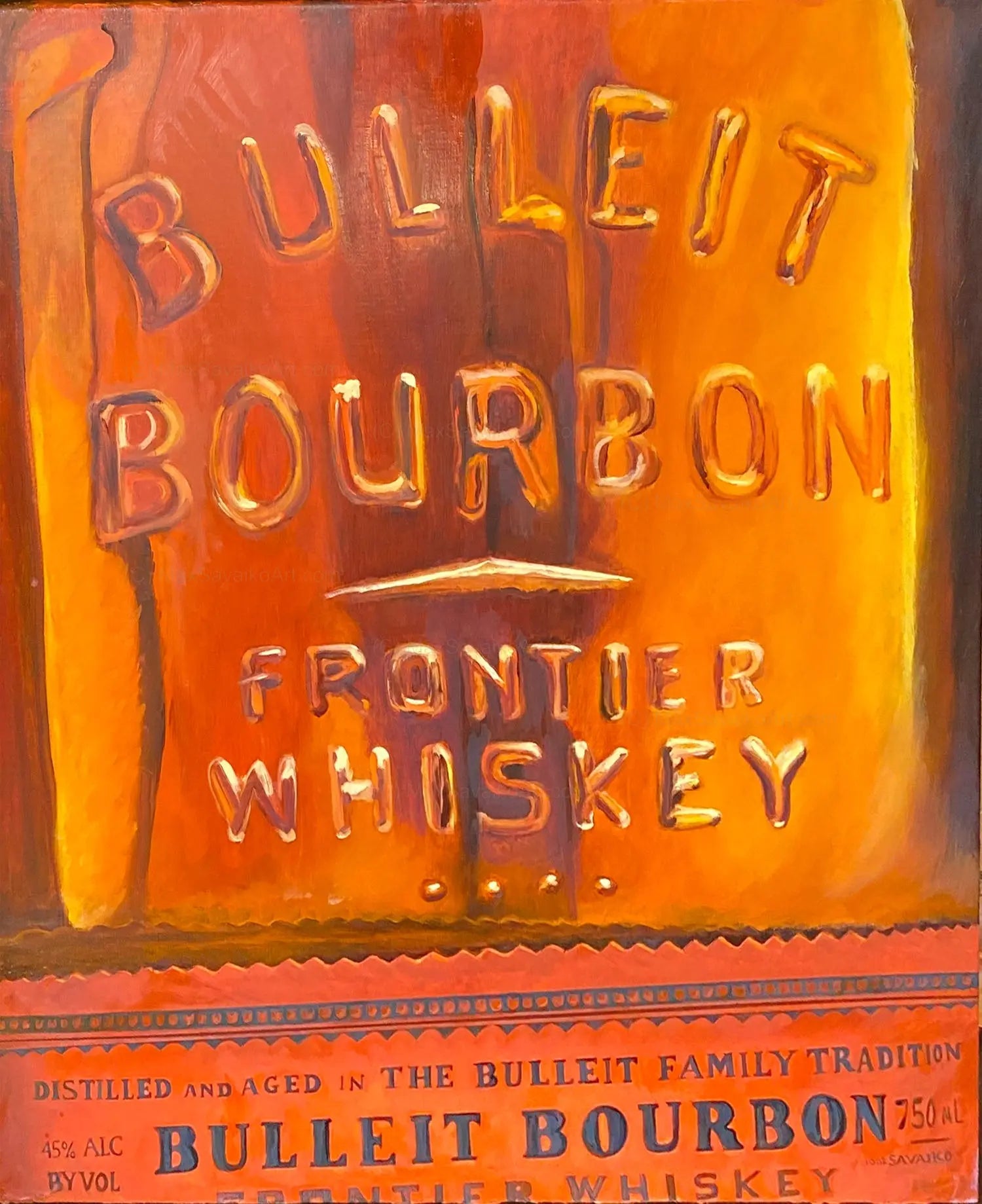Check out the World of Bourbon Art: A Journey Through Culture and Craftsmanship
Check out the World of Bourbon Art: A Journey Through Culture and Craftsmanship
Blog Article
The Significance of Whiskey Art in Celebrating Heritage and Workmanship in the Beverage Sector
The complex partnership in between whiskey art and the celebration of heritage and craftsmanship within the drink market can not be overemphasized. Through attentively developed tags and containers, bourbon brands envelop their historic origins and the artisanal skills that specify their production approaches.
The Historical Origins of Whiskey
At the heart of scotch's attraction exists a rich tapestry of historical roots that map back to ancient worlds. The beginnings of bourbon can be linked to the distillation methods of the Sumerians and Babylonians around 2000 BCE, where early types of fermented grain drinks began to arise. Nonetheless, it remained in the Middle Ages that the art of distillation advanced considerably, especially in Ireland and Scotland, bring about the production of bourbon as we recognize it today.
The term "whiskey" itself derives from the Gaelic word "uisce beatha," indicating "water of life." This phrase underscores the cultural relevance of scotch in Celtic cultures, where it was commonly associated with routines, parties, and communal bonding. By the 15th century, distillation ended up being an acknowledged craft within reclusive neighborhoods, leading the way for the establishment of legal distilleries.
As profession routes broadened, bourbon's popularity expanded, transcending regional boundaries and capturing the rate of interest of aficionados worldwide. Realism Art. This historic trip mirrors not just the craftsmanship behind whiskey production yet also its indispensable role in social and cultural contexts, noting it as a considerable beverage throughout history
Artistic Expression in Branding
Scotch branding stands as a compelling intersection of creativity and business, where visual identity plays a crucial function in shaping consumer understanding. The looks of whiskey labels, packaging, and marketing products mirror not just the brand name's tale yet likewise its core values and heritage. Through creative expression, distilleries share a story that resonates with customers, evoking feelings and triggering links.
Making use of shade, typography, and imagery in branding serves to differentiate products in a saturated market. Typical concepts may evoke a sense of authenticity and craftsmanship, while modern styles can signify development and forward-thinking. This critical artistic instructions boosts brand name recognition and commitment, permitting customers to create an individual relationship with the whiskey they choose.
In addition, imaginative expression in branding often acts as an event of regional heritage. Distilleries often incorporate local signs or historic references into their layouts, producing a local color that invites consumers to participate in a more comprehensive social experience. Eventually, the artistry behind scotch branding not just boosts aesthetic charm yet likewise enhances the total story of the brand, cultivating a deeper admiration for the workmanship and heritage embedded in each container.
Craftsmanship in Bottle Design
The virtuosity evident in scotch branding prolongs beyond visual identity to include the craftsmanship associated with container style. Each bottle serves as a vessel not just for the spirit within, but also for the tale it outlines its beginning, custom, and top quality. The layout process calls for careful interest to detail, you can look here as aspects such as shape, product, and closure add significantly to the total perception of the bourbon.
Craftsmanship in container design entails selecting high-quality glass that can boost the whiskey's shade and clarity, while likewise offering a tactile experience for the customer. The silhouette of the container should be both cosmetically enticing and useful, frequently mirroring the heritage of the brand name. Lots of distilleries go with special shapes or printed logo designs that evoke a sense of credibility and history.
Moreover, the tag style and typography play a crucial role in connecting the brand name's narrative. Realism Art. A well-crafted container not just captivates the consumer's eye but likewise reinforces the brand's dedication to quality and tradition. In this means, the workmanship of bottle layout comes to be an important aspect of the scotch experience, combining virtuosity with an extensive regard for heritage
Cultural Value of Bourbon Art
Commemorating tradition and workmanship, the cultural relevance of whiskey art goes beyond mere aesthetics, intertwining with the social and historic stories of the regions from which it comes from. Each bottle acts as a canvas, portraying the distinct stories, mythology, and traditions that have shaped regional whiskey-making techniques. The detailed styles commonly show the heritage of the distillers, including signs and concepts that resonate with the culture and worths of their areas.

In addition, whiskey art plays a vital duty in common gatherings and parties, functioning as a tangible link between individuals and their shared experiences. By valuing the artistry in bourbon packaging, consumers cultivate a deeper understanding and regard for the craft, ultimately improving their enjoyment of the drink itself.
Modern Trends in Whiskey Presentation
In recent times, the discussion of scotch has actually developed to reflect contemporary tastes and patterns while still honoring typical workmanship - Limited Edition. Distilleries are significantly focusing on aesthetic elements that enhance the overall drinking experience, linking the space in between heritage and modernity
Cutting-edge bottle layouts have emerged, typically integrating sustainable materials and artistic labels that tell compelling tales. Several brand names now team up with local artists, infusing their items with distinct aesthetic expressions that reverberate with consumers. In addition, limited-edition releases are often packaged in collectible containers, adding worth and charm for lovers.

Final Thought
In conclusion, whiskey art offers as an from this source essential conduit for revealing the heritage and craftsmanship integral in the beverage sector. Via elaborate branding, ingenious container layouts, and culturally considerable imaginative components, whiskey brand names effectively recognize their customs and attach with customers.


Workmanship in container layout entails choosing high-quality glass that can improve the scotch's shade and clarity, while likewise offering a tactile experience for the consumer. In this method, the craftsmanship of bottle layout ends up being a vital facet of the scotch experience, merging artistry with a profound regard for heritage.
In final thought, whiskey art offers as a crucial channel for revealing the heritage and workmanship integral in the drink market.
Report this page